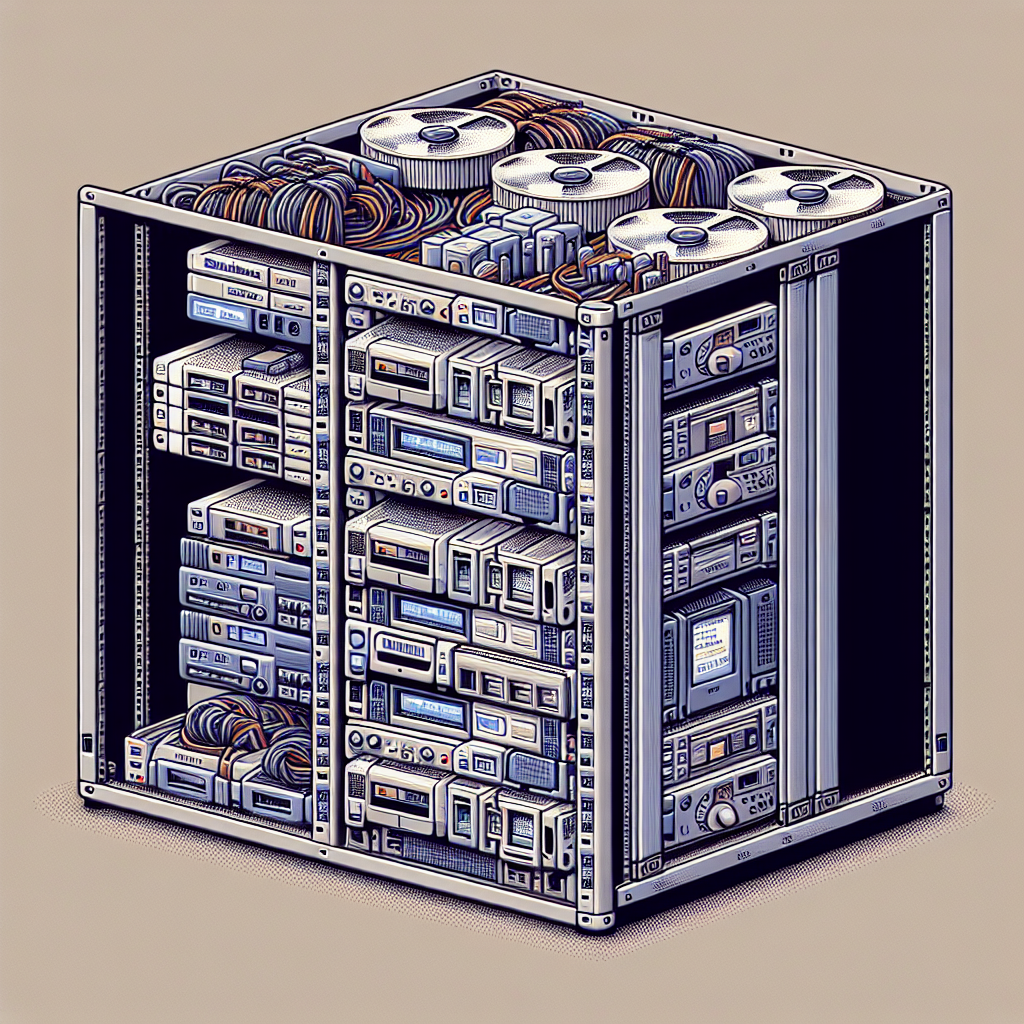The Rising Tide of Quick Commerce Cash Burn: A Deep Dive into the Rs 1,500 Crore Monthly Phenomenon
The quick commerce sector in India is witnessing an unprecedented surge in monthly cash burn rates, with industry players collectively spending approximately Rs 1,500 crore per month. This significant increase in expenditure has raised concerns about the sustainability of the current business model and its long-term implications for the industry.
Understanding Quick Commerce and Its Rapid Growth
Quick commerce, also known as q-commerce, represents the latest evolution in the e-commerce landscape, promising ultra-fast deliveries of everyday essentials within 10-30 minutes. This segment has witnessed explosive growth, particularly in the post-pandemic era, as consumer behavior shifted towards instant gratification and convenience.
Key Factors Contributing to the Cash Burn
- Aggressive Market Expansion: Companies are investing heavily in new market penetration and warehouse infrastructure
- Customer Acquisition Costs: Substantial spending on marketing and promotional activities to attract and retain customers
- Operational Expenses: High costs associated with maintaining dark stores and delivery fleet
- Competitive Discounting: Pressure to offer competitive prices and discounts to maintain market share
- Technology Infrastructure: Continuous investment in technological capabilities and platform development
Breaking Down the Rs 1,500 Crore Monthly Expenditure
The astronomical figure of Rs 1,500 crore monthly cash burn can be attributed to various operational and strategic initiatives undertaken by major players in the quick commerce space. This unprecedented level of spending reflects the intense competition and the race to achieve market dominance.
Major Expense Categories
- Infrastructure Development: 30-35% of total spending
- Marketing and Customer Acquisition: 25-30% of monthly burn
- Employee Costs: 15-20% of expenses
- Technology and Innovation: 10-15% of monthly expenditure
- Miscellaneous Operational Costs: 10% of total burn
Impact on Industry Dynamics
The substantial cash burn has created a complex ecosystem where companies are caught between growth aspirations and profitability concerns. This situation has led to several significant developments in the industry:
Market Consolidation
The high cash burn rates are forcing smaller players to either merge with larger entities or exit the market entirely. This consolidation is reshaping the competitive landscape and creating a more concentrated market structure.
Investor Sentiment
The escalating cash burn has begun to influence investor sentiment, with many becoming increasingly cautious about their investments in the quick commerce sector. This shift in perspective is prompting companies to focus more on unit economics and path to profitability.
Sustainability Concerns and Future Outlook
The current rate of cash burn raises important questions about the sustainability of quick commerce business models. Industry experts are divided on the long-term viability of such high expenditure levels:
Challenges and Risks
- Funding Pressure: Companies may face difficulties in raising additional capital
- Profitability Timeline: Extended timeline to achieve break-even points
- Market Saturation: Risk of market saturation in premium segments
- Operational Efficiency: Need for optimization of operational costs
Strategic Initiatives for Sustainability
To address the mounting concerns about cash burn, quick commerce companies are implementing various strategic initiatives:
Cost Optimization Measures
- Route Optimization: Implementing advanced algorithms for efficient delivery routes
- Dark Store Rationalization: Optimizing warehouse locations and inventory management
- Dynamic Pricing: Introducing smart pricing strategies to improve unit economics
- Technology Integration: Leveraging AI and automation to reduce operational costs
Industry Expert Perspectives
Leading industry analysts and experts have shared varied viewpoints on the current situation:
“The current cash burn rate is unsustainable in the long run. Companies need to focus on building sustainable business models rather than just chasing growth at any cost.” – Senior Market Analyst
Future Trajectory and Recommendations
The quick commerce sector stands at a crucial juncture where strategic decisions made today will determine its future trajectory. Here are key recommendations for industry stakeholders:
For Companies
- Focus on unit economics and operational efficiency
- Develop sustainable growth strategies
- Invest in technology for cost optimization
- Build customer loyalty through service quality rather than discounts
For Investors
- Evaluate companies based on path to profitability
- Monitor cash burn rates and efficiency metrics
- Consider long-term sustainability in investment decisions
Conclusion
The surge in monthly cash burn to Rs 1,500 crore represents both the ambitious growth trajectory of quick commerce firms and the challenges they face in building sustainable businesses. While the current spending levels may not be sustainable in the long term, the industry’s focus on optimization and efficiency improvements suggests a potential path toward more balanced operations.
As the sector matures, we can expect to see more emphasis on profitability and sustainable growth strategies. The companies that successfully navigate this transition while maintaining their competitive edge will likely emerge as the long-term winners in this dynamic market.
Looking Ahead
The quick commerce industry’s evolution will be closely watched by investors, analysts, and market participants. The next 12-18 months will be crucial in determining whether the current business models can be transformed into sustainable, profitable operations while maintaining the convenience and speed that customers have come to expect.




